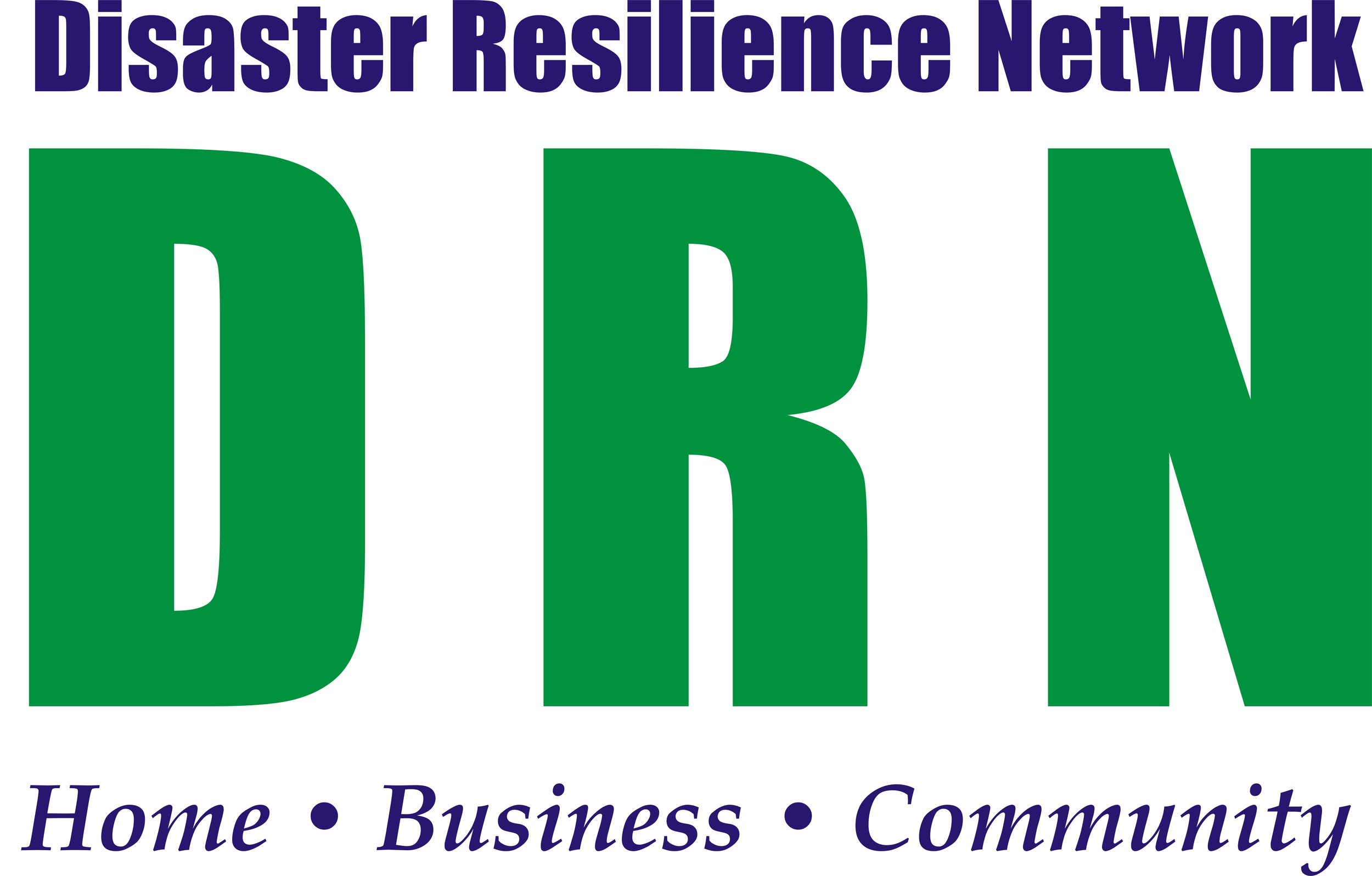February Key Message: Avoid flood-prone areas when taking shelter during tornado event
Seven members of a Guatemalan family in northwest Oklahoma City left their home and
sought shelter in a storm drain during a tornado warning on May 31, 2013. All seven
died in rushing floodwaters.
Tornadoes are dangerous, but the severe storms and flash flooding that often
accompanies them can be just as dangerous. During a tornado warning, it is always best
to use a safe room or shelter in place in a sturdy building with as many walls between
you and the tornado as possible and at the lowest level of the house. If you are in a
mobile home, find a sturdy building or preferably a safe room you can go to when the
storm threatens and allow plenty of time to get to it. You should always avoid basements
with a history of flooding. If you are outside taking shelter during a tornado and cannot
reach a sturdy building, avoid taking shelter in a storm drain, creek, culvert, drainage
ditch or other flood-prone area, as these areas can flood quickly during storms and you
may be at risk of drowning.
Ready.gov reports that if you are outside with no shelter, “...there is no single research-
based recommendation for what last-resort action to take because many factors can affect your decision. Possible actions include:
• Immediately get into a vehicle, buckle your seat belt and try to drive to the closest
sturdy shelter. If your vehicle is hit by flying debris while you are driving, pull over and
park.
• Take cover in a stationary vehicle. Put the seat belt on and cover your head with your
arms and a blanket, coat or other cushion if possible.
• Lie in an area noticeably lower than the level of the roadway and cover your head with
your arms and a blanket, coat or other cushion if possible.
“In all situations:
• Do not get under an overpass or bridge. You are safer in a low, flat location.
• Never try to outrun a tornado in urban or congested areas in a car or truck. Instead,
leave the vehicle immediately for safe shelter.
• Watch out for flying debris. Flying debris from tornadoes causes most fatalities and
injuries.”
For more information on Tulsa’s flood history and the location of floodplains and flood-
prone areas, go to https://www.cityoftulsa.org/government/departments/engineering-
services/flood-control/
For information on tornado safety, go http://www.ready.gov/tornadoes to
http://www.ready.gov/tornadoes
or http://www.redcross.org/prepare/disaster/tornado .
You can register your safe room online with your City utility account number. After
registering, you can call the City of Tulsa Customer Care Center at 311 if you live inside
the city, or (918) 596-2100 if outside of the city to request that Tulsa Fire Department
personnel visit your home or business and obtain the exact GPS coordinates of your safe
room.To participate in the registry, go to https://www.cityoftulsa.org/residents/public-
safety/storm-shelter-registration/ .
For more information from FEMA on Safe Rooms, please
visit https://www.fema.gov/safe-rooms.
The Disaster Resilience Network shares these monthly key messages from the City of
Tulsa Program for Public Information as part of the National Flood Insurance Program
Community Rating System. Such documented outreach assists our community in
keeping low flood insurance rates in Tulsa.
Picture credit Seth Levy from NWS.
